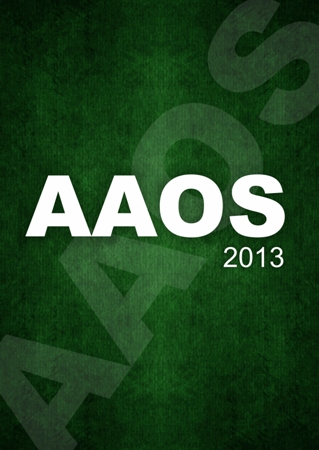
AAOS: Three different regimens for prevention against thromboembolic disease

AAOS: Three different regimens for prevention against thromboembolic disease
Thromboembolism Prophylaxis: Is Very Low Fixed Dose Warfarin an Equivalent Postoperative Regime?
CONFERENCE ACE REPORTS
This ACE Report is a summary of a conference presentation or abstract. The information provided has limited the ability to provide an accurate assessment of the risk of bias or the overall quality. Please interpret the results with caution as trials may be in progress and select results may have been presented.
Synopsis
393 patients were randomized to compare three regimens for prevention of thromboembolic disease: Arm A (variable dose of warfarin, starting 5 mg night prior to surgery); Arm B (fondaparinux 2.5 mg daily starting 6-12 hours postoperatively); and Arm C (1 mg warfarin starting 7 days preoperatively). The 12 month assessment revealed that fixed low dose warfarin (Arm C) was not inferior to variable do...
To view the full content, login to your account,
or start your 30-day FREE Trial today.
FREE TRIAL
LOGIN
Forgot Password?
Explore some of our unlocked ACE Reports below!

Learn about our AI Driven
High Impact Search Feature
Our AI driven High Impact metric calculates the impact an article will have by considering both the publishing journal and the content of the article itself. Built using the latest advances in natural language processing, OE High Impact predicts an article’s future number of citations better than impact factor alone.
Continue



 LOGIN
LOGIN

Join the Conversation
Please Login or Join to leave comments.